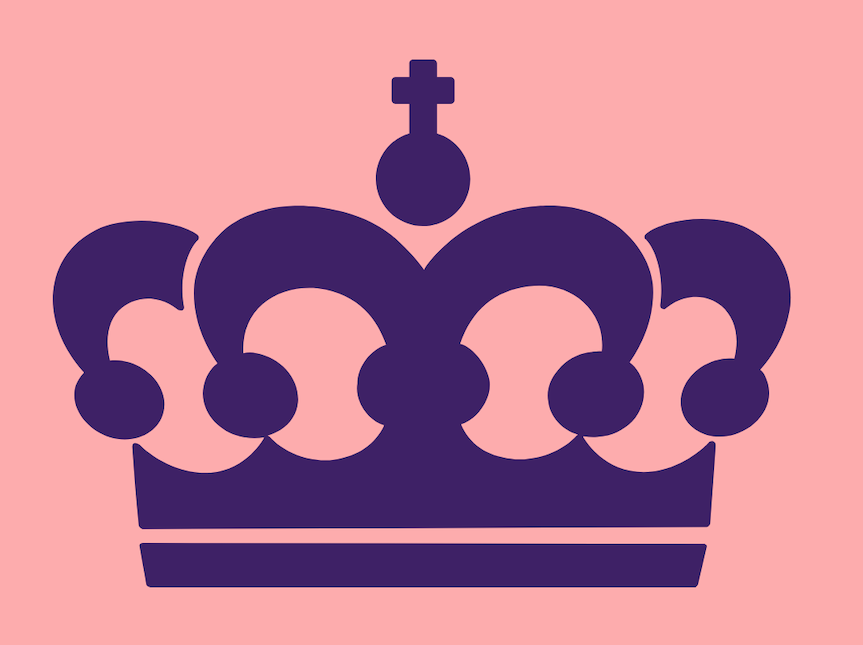Welcome
It’s Paris Museum week!
There are so many options when it comes to museums to go to besides the two covered last week (Louvre & Orsay).
Of course, I have not been to them all (yet!) but when you have a Museum Pass, it makes it easy to drop in on a few as you randomly stroll past.
I’ve picked another five that are all a bit different and famous in their own right but all worth seeing.
Hope you enjoy reading about them and then joining me next week as we explore Monument Week.
Michelle
Savvy Travel Historian.
Museum Week
1. Musée de l’Orangerie
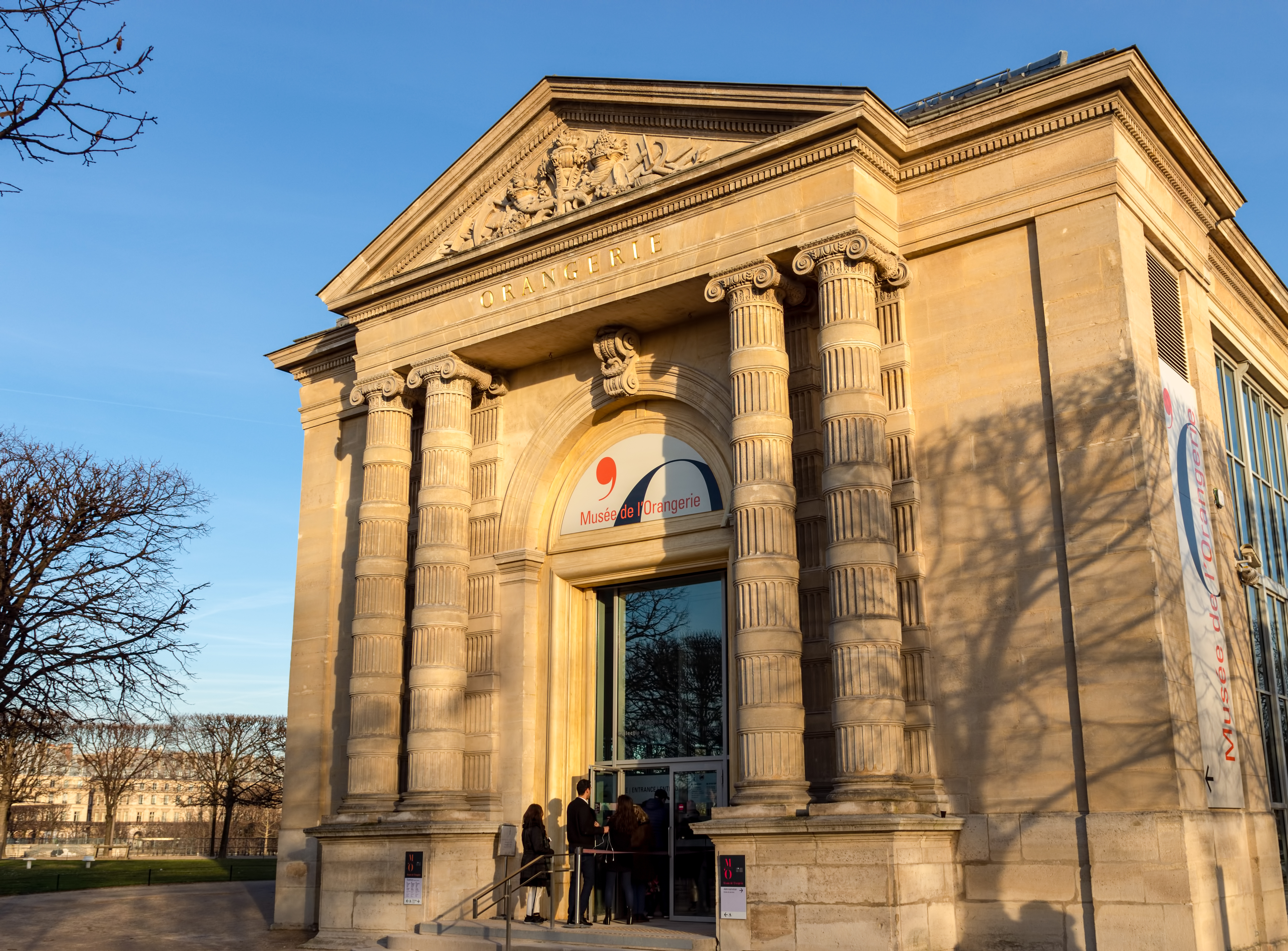
One of our favourite places to go when we are in Paris, Napoleon III had the Orangerie building constructed in 1852 to store the citrus trees from the Tuileries gardens during the winter. After the revolution of 1870, the building was still used for its original purpose until 1922.
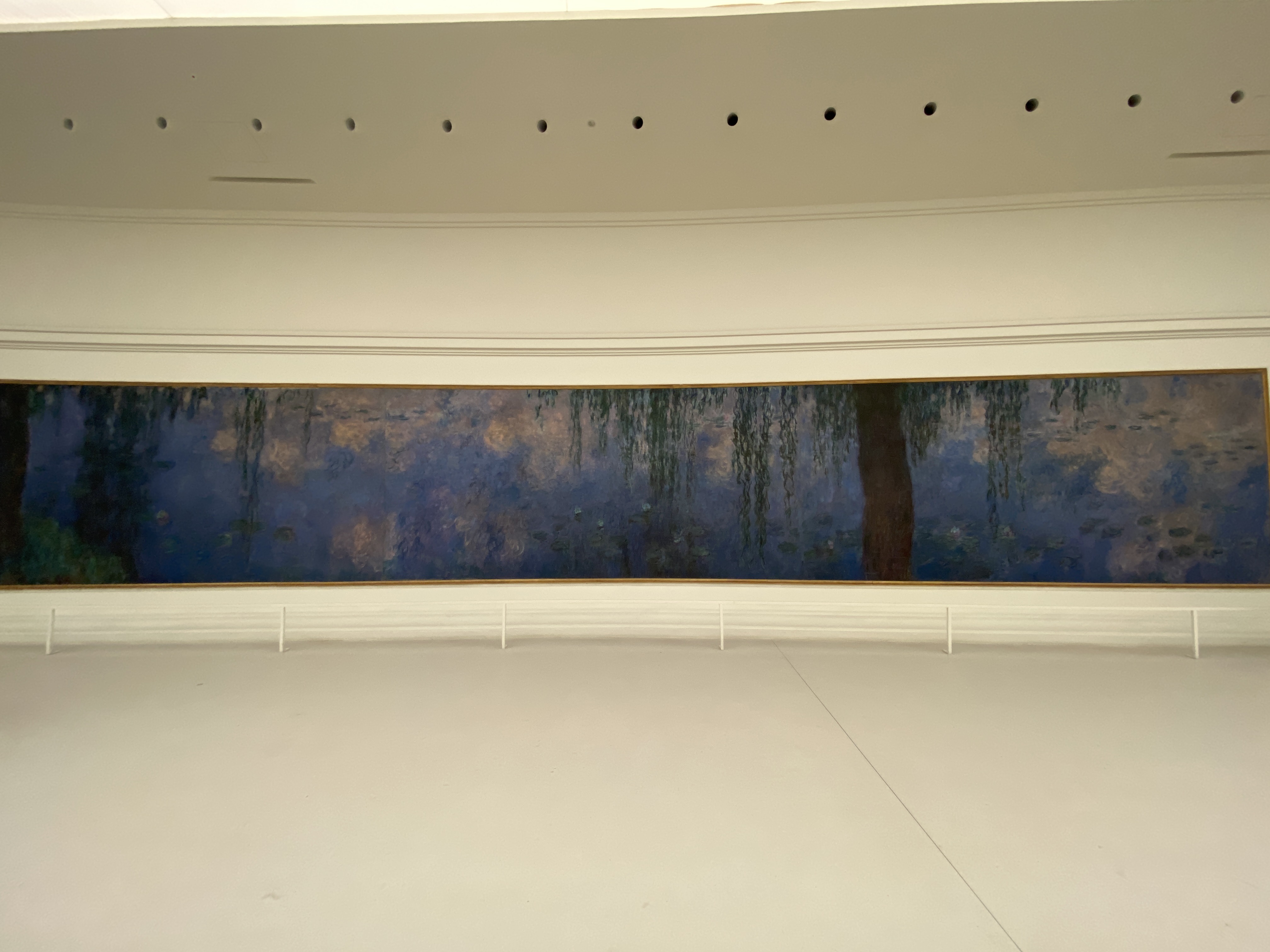
At this time Claude Monet was painting a series of ‘Water Lilies’ for the state that were originally earmarked for the Musée Rodin but the President of the Fine Art Council at the time, decided they should be placed in the Orangerie instead.
Monet worked with the architect hired to redesign the building for the eight panels.
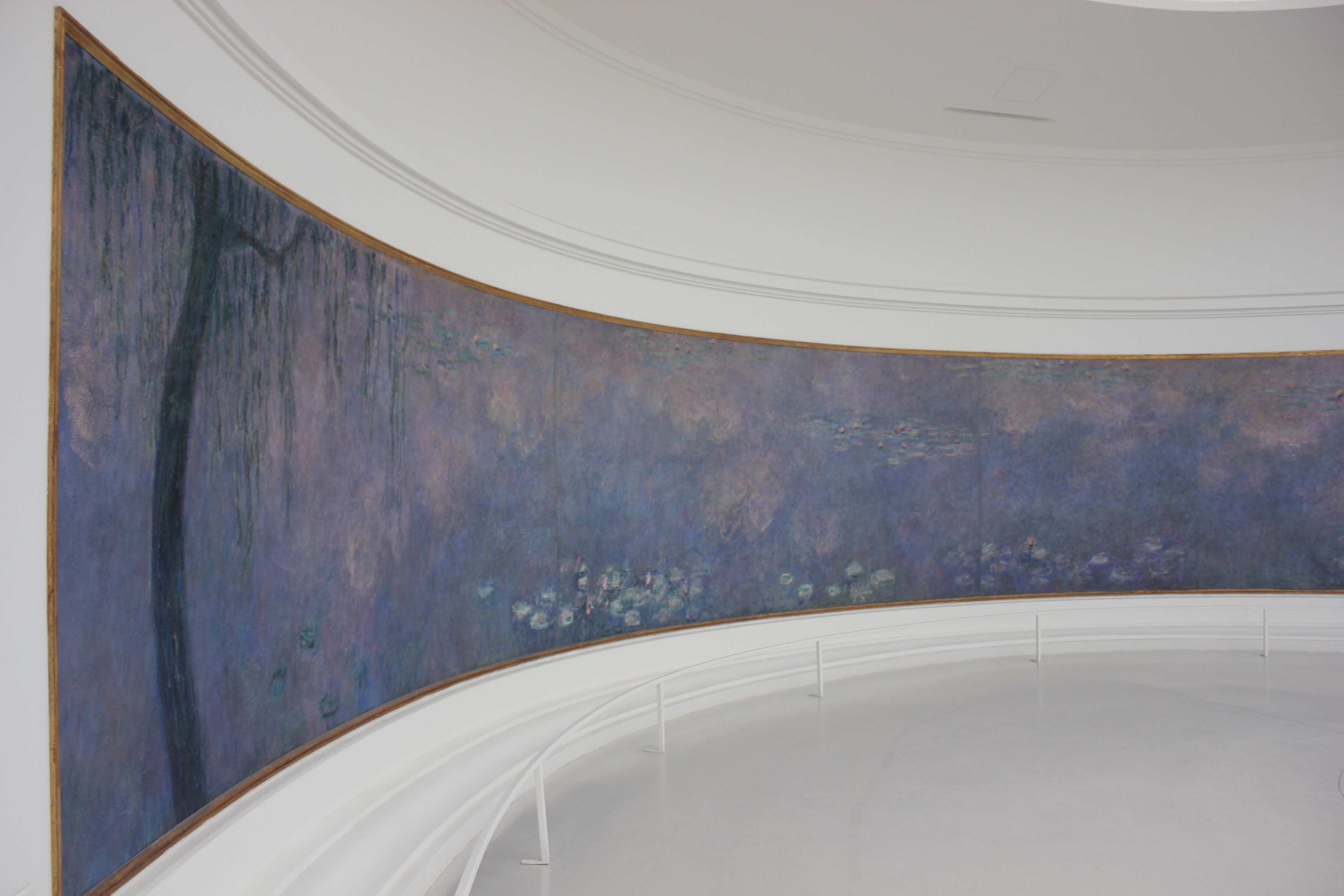
They are each two metres high and 91 metres in length, which are arranged in two rooms in the shape of an ‘infinity’ symbol.
The paintings demonstrate the water lilies cycle, through the seasons, as well as representing the area of his pond in Giverny that gets full sun and those mostly in shade.
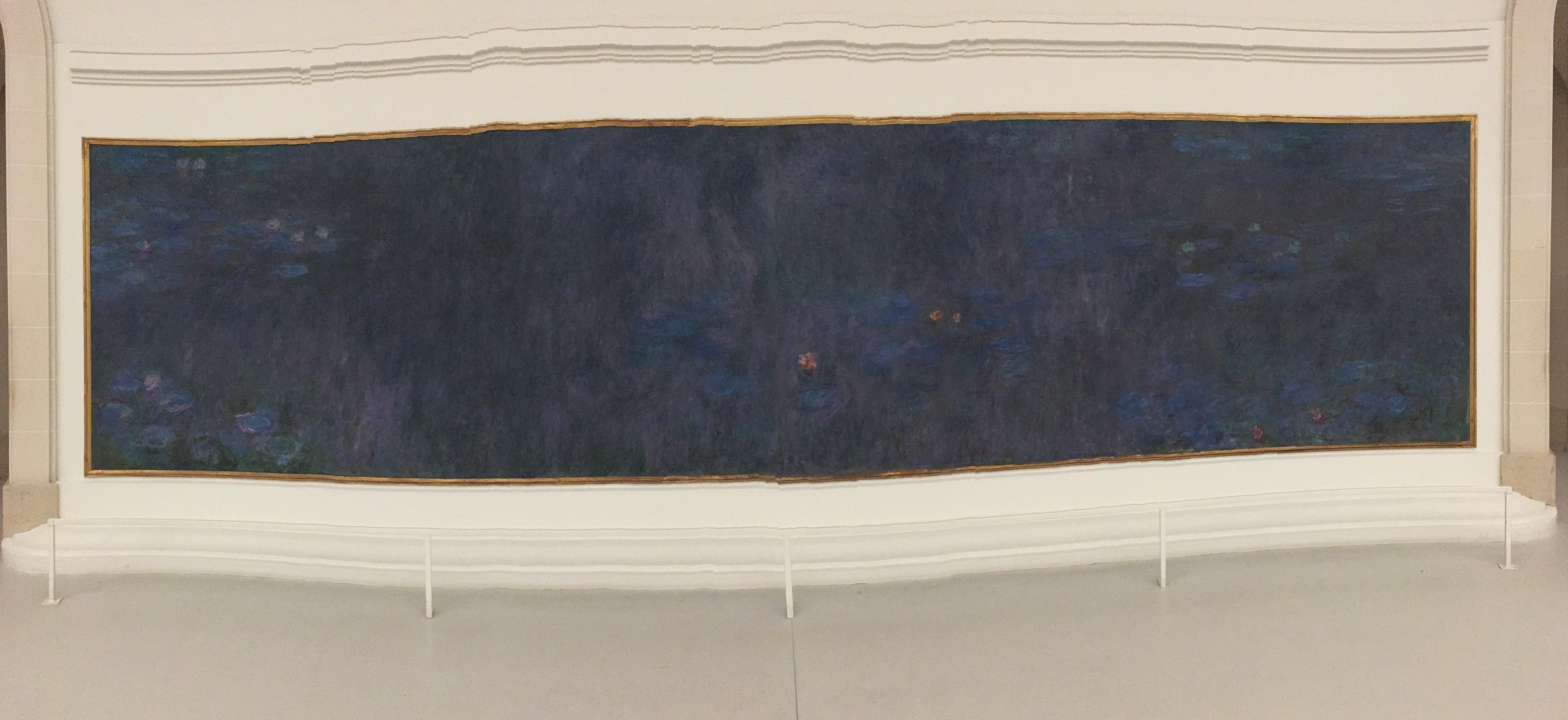
The two galleries were designed to bring one a sense of ‘peace’ and it certainly feels like that when you sit in them. We have been a number of times and it never gets old to sit and look at them, moving around each room to take in the differences in the four panels.
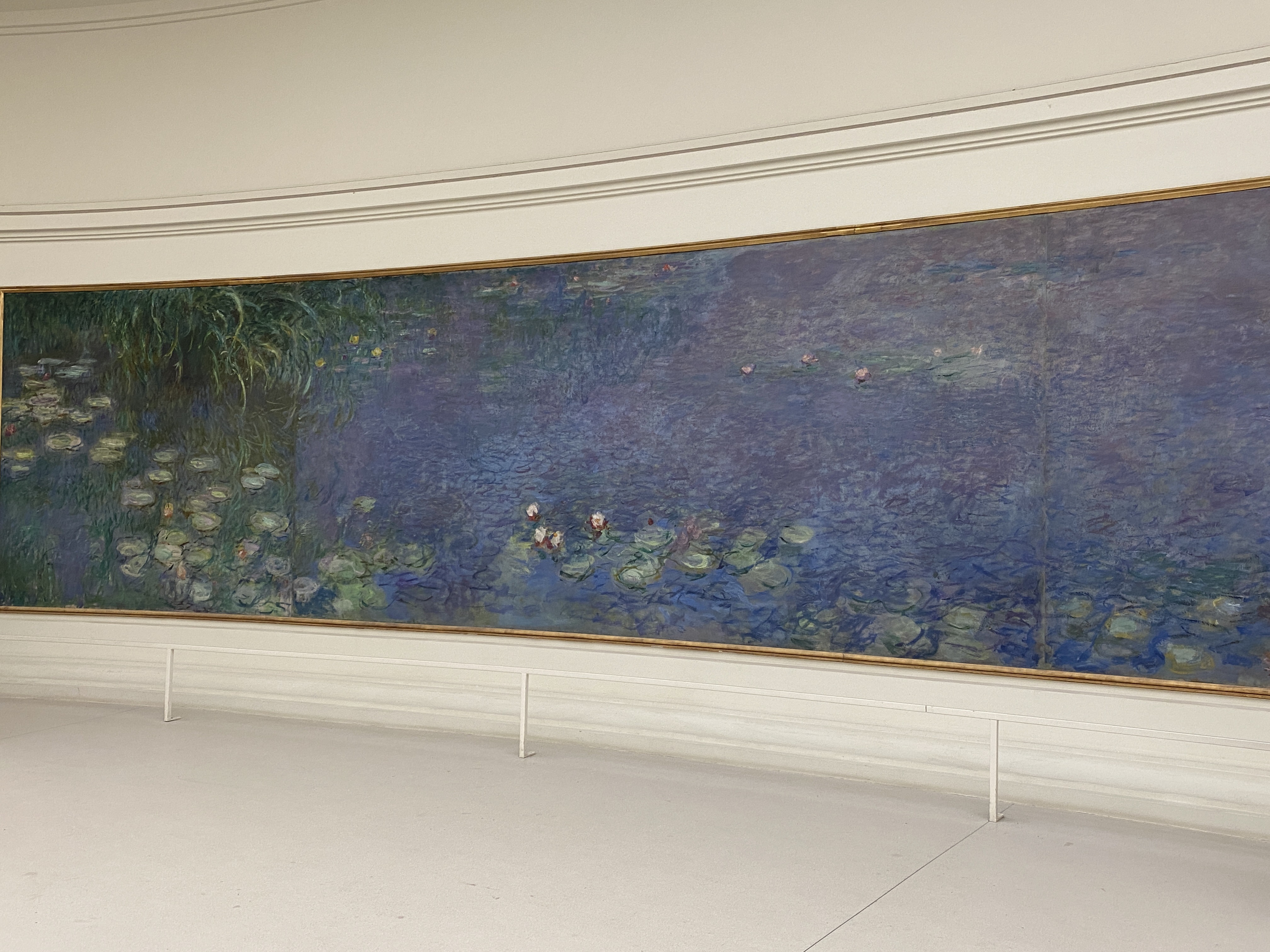
Monet’s confirmation of his donation of the panels to the state was confirmed in a letter he wrote to the government the day after Armistice Day (11 November 1918), so they were seen as an historical gesture of peace, after the years of war.

The museum also has the ‘Walter-Guillaume Collection’, which contains paintings from Rousseau, Cezanne, Picasso and the ‘Woman on a sofa’ painted by Henri Matisse in 1921.
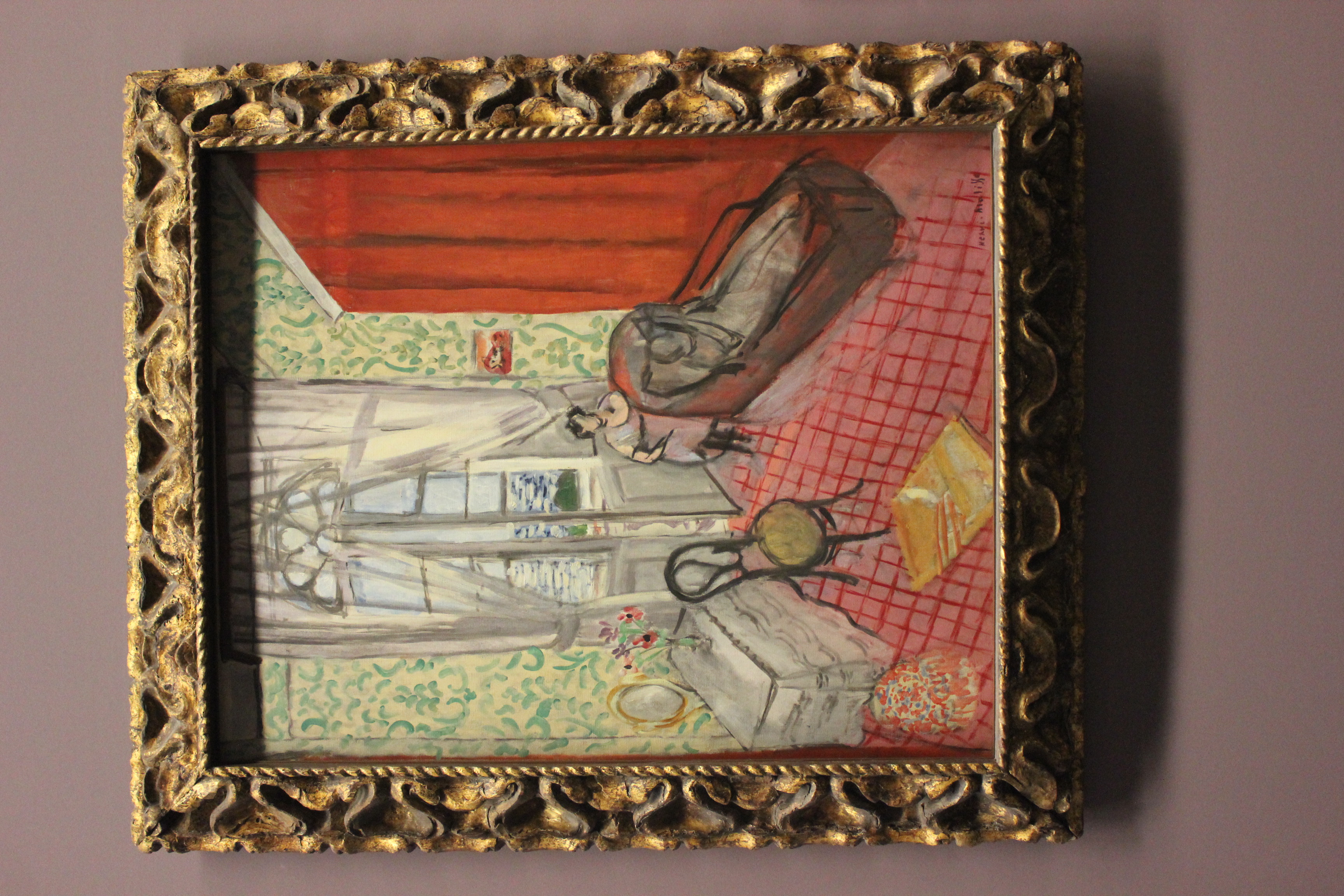
Paul Guillaume (1891-1934) was one of Paris’ leading art dealers, having lived with his family in Montmartre. He opened his first gallery in 1914 and also began his own collection. Rather than keep it private, like a lot of art collectors, Guillaume wanted his collection to be made public and left instructions for this wife Domenica to do so after he died.
The collection was not transferred to the Louvre (as per Paul’s wishes) until after her death in 1977 and re-directed to the Orangerie, which was managed by the Louvre at the time. She insisted the name of her second husband ‘Walter’ be added to the collection name and that is what it is called today.
Of the 25 Renoirs in the collection, Paul purchased ‘Young ladies at the piano’, painted in 1892, as he was a huge admirer of Renoir’s work.
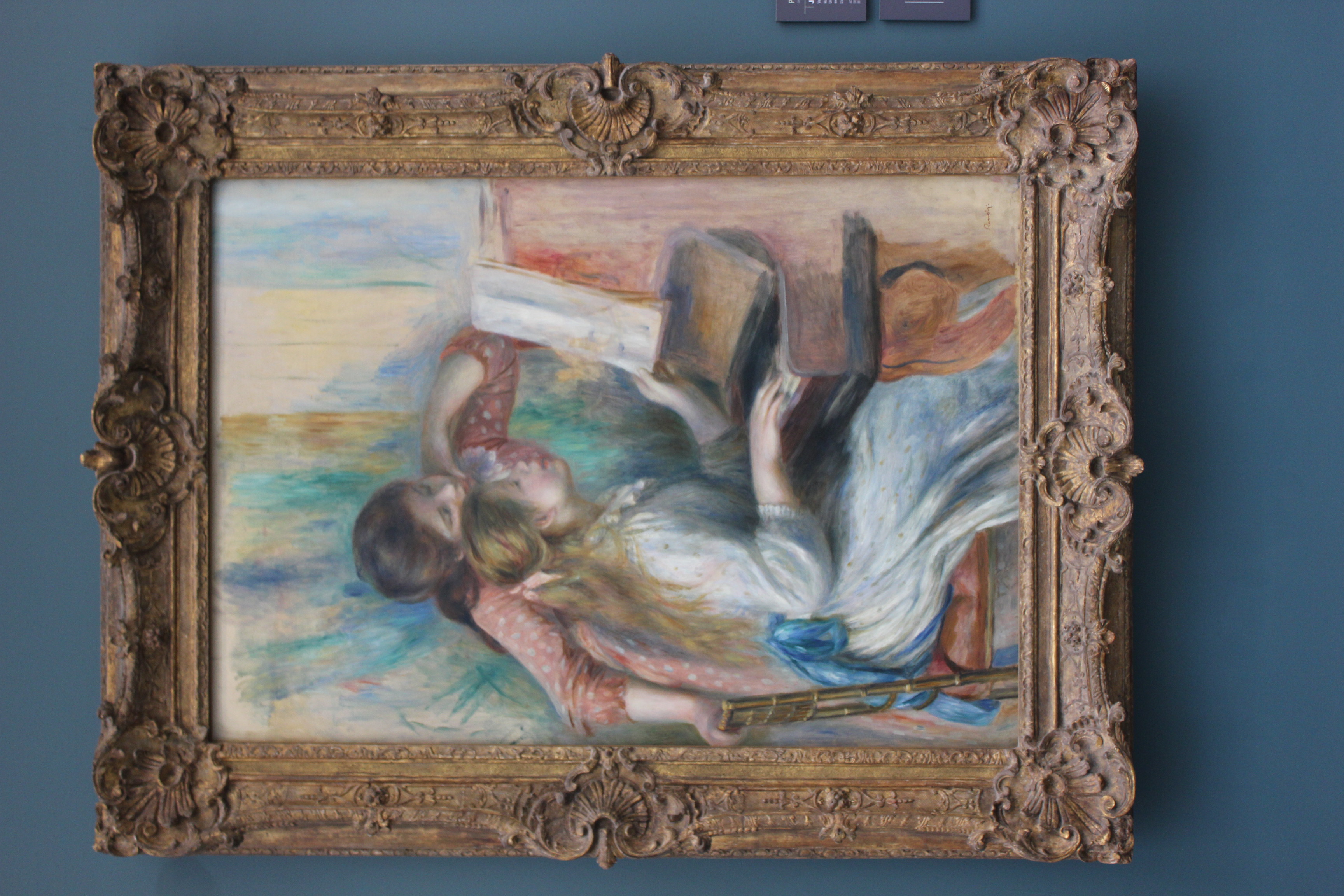
Relevant Travel Information
The Orangerie is closed on Tuesdays.
https://www.musee-orangerie.fr/en
Info to enhance your visit:
https://www.musee-orangerie.fr/en/visit-orangerie
Tickets
https://billetterie.musee-orangerie.fr/en-GB/home-orangerie
2. Musée De Cluny ~ le monde medieval (National Museum of the Middle Ages)
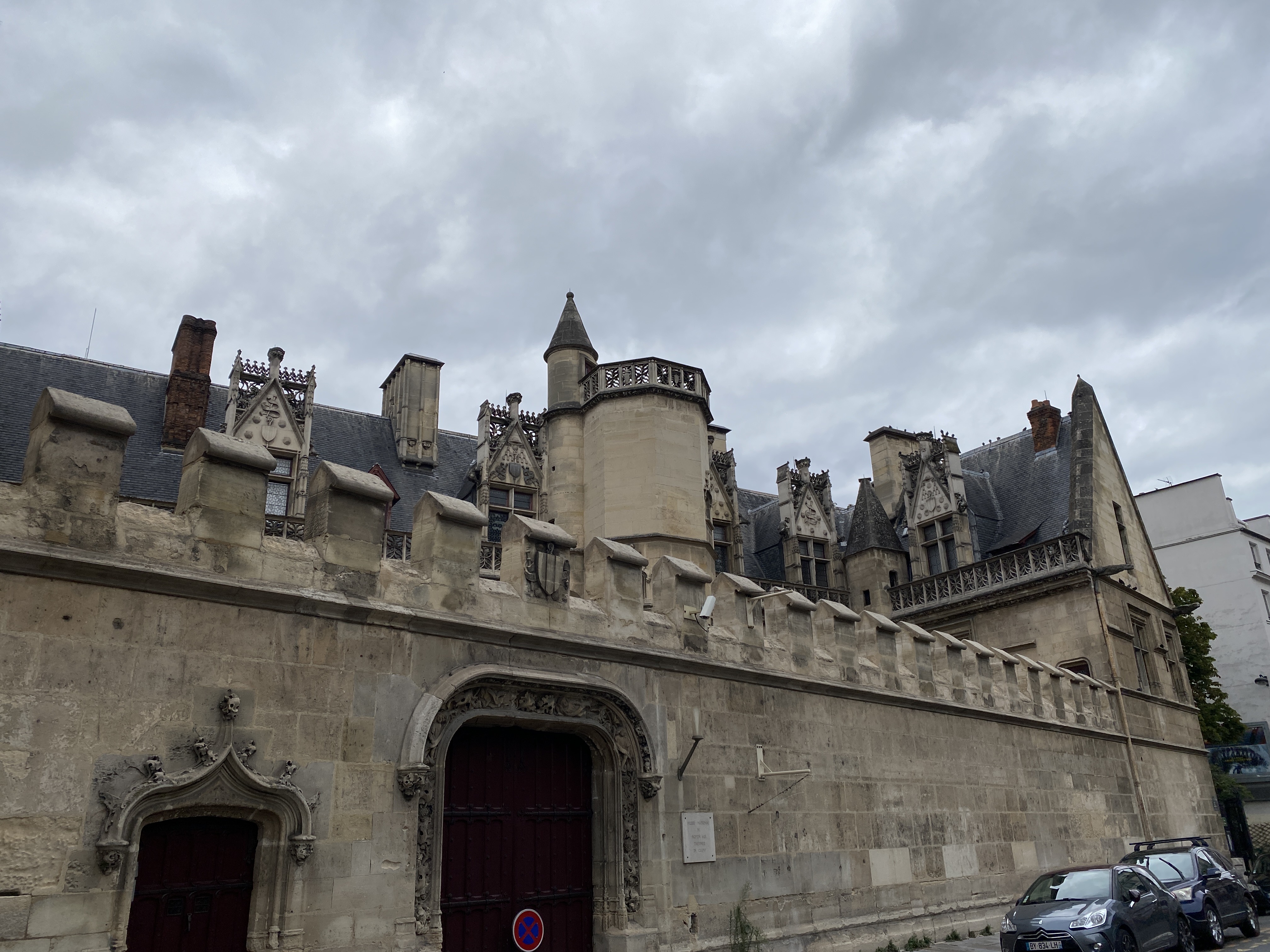
The National Museum of the Middle Ages is located partly in the 15thC Hotel de Cluny (which was the Paris Mansion for the Abbey of Cluny, associated with all of the priories we travelled to in our July issues) and the site of old roman themed baths (acquired by the Abbey in 1340), in the Latin Quarter of Paris.
The current hotel building replaced an earlier structure in the 15thC. Famous occupants of the hotel include Henry VIII’s sister Mary, who lived there after the death of her husband Louis XII and in 1537, King James V of Scotland, when he married Madeleine of Valois (a French Princess).
During the French Revolution, the Hotel was confiscated by the state and used for various purposes until 1832, when purchased by Alexandre Du Sommerard, an archaeologist and art collector, who used it to display his extensive collection of medieval and renaissance objects.
When he died in 1842, the government purchased his collection and opened it as a museum in 1843. The building was designated as an historic monument in 1846 and the roman baths in 1862.
Until 1926, the Louvre managed the museum and its collection, but it was released from this arrangement in 1977.

The ruins of the old baths can be observed externally but inside the three levels they would have occupied are best shown in the room that was known as the ‘frigidarium’, meaning cold room, which would have contained a cold-water swimming pool.
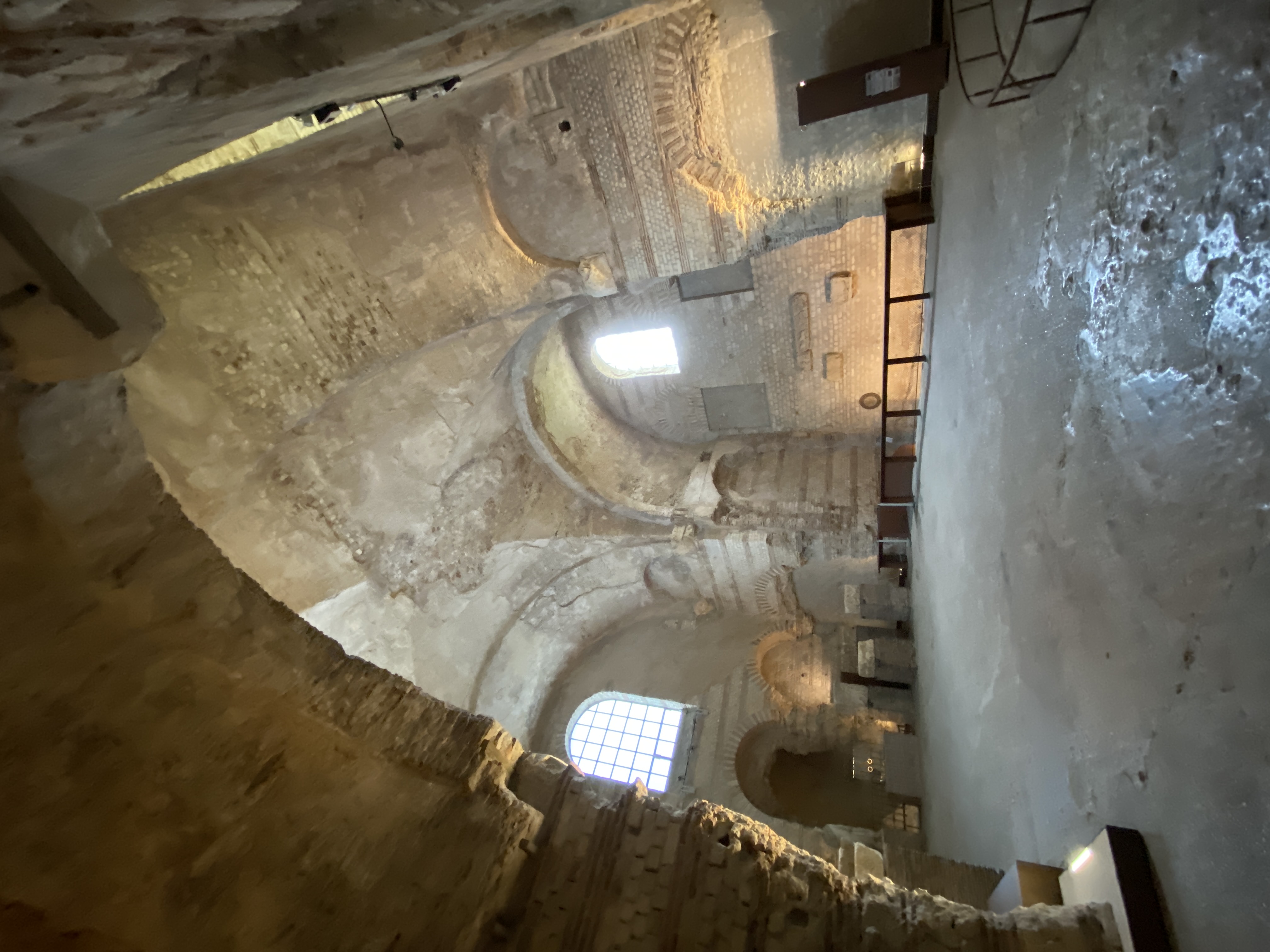
The Abbey contains an ornate Gothic chapel, that has a vaulted ceiling that is spectacular.
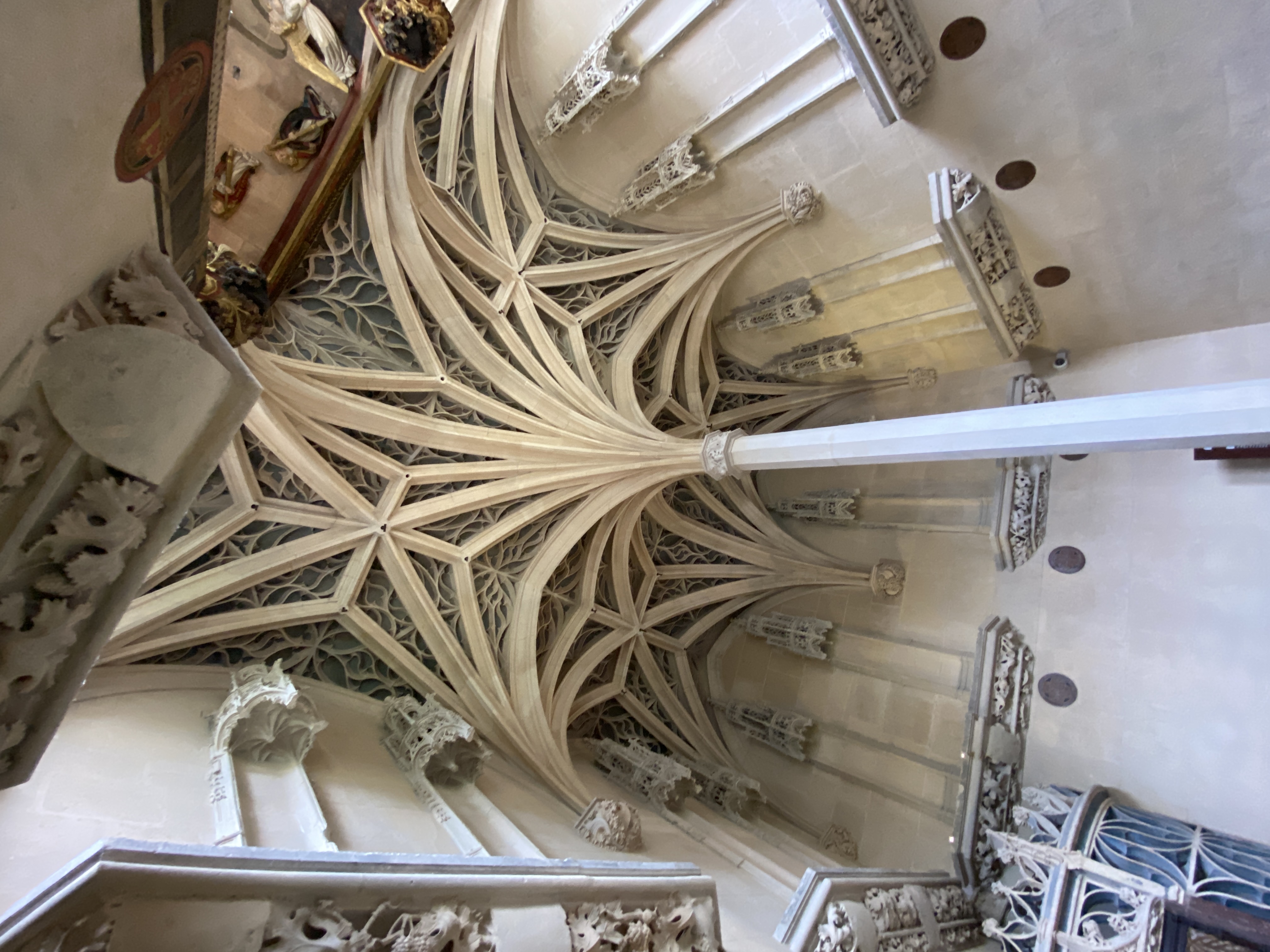
Amongst its most prized processions are the six Lady and the Unicorn tapestries. Each one represents a different sense (hear, smell, touch, taste and sight) and the sixth one of the lady and the unicorn (below).
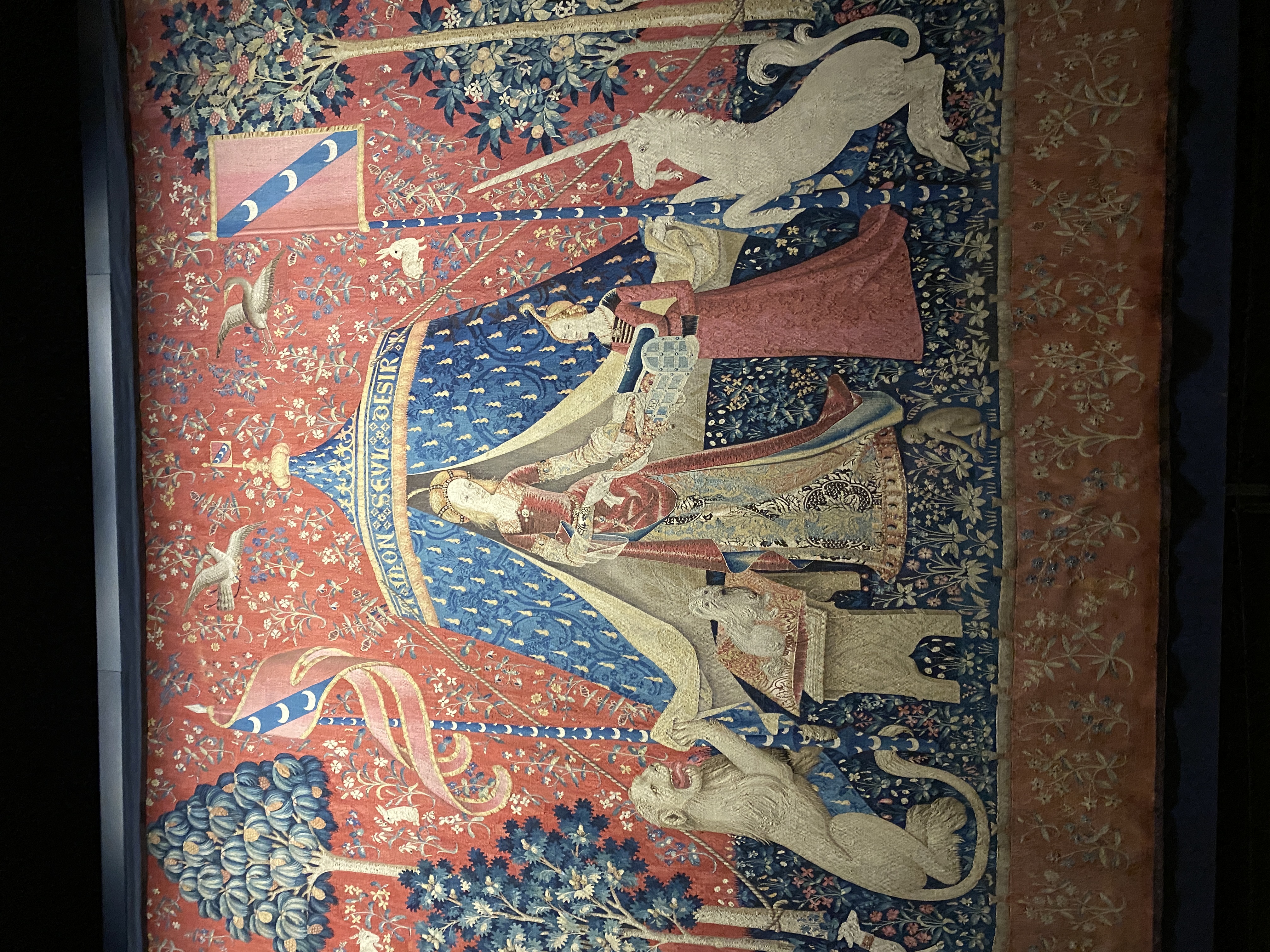
Located in a room in the middle of the museum, with low light, the story of these is depicted around the room and you can sit and study them and the lighting demonstrates how intercut the weave of them is.
The image below is that of ‘taste’.
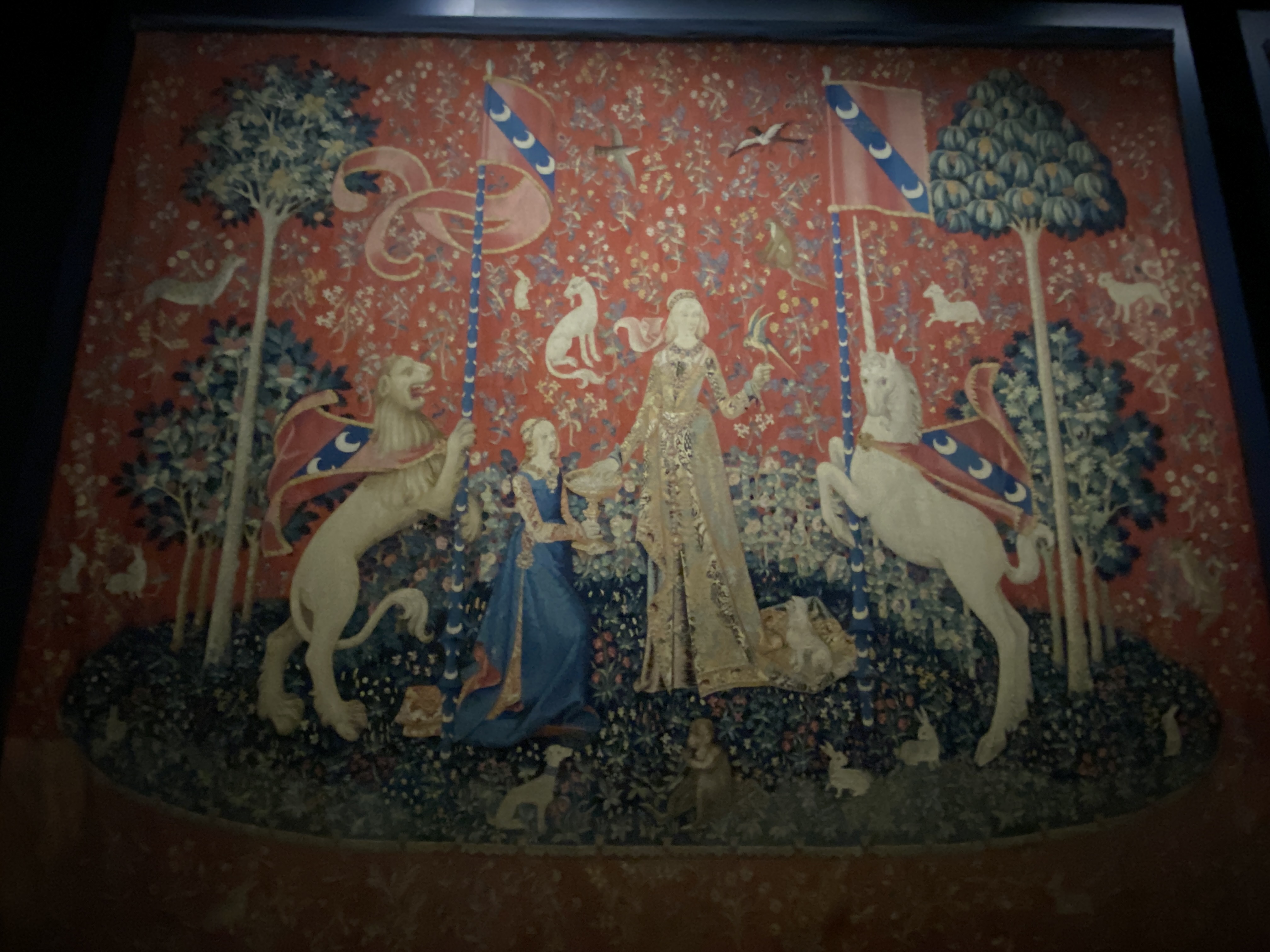
One room contained stain-glassed windows not reused when Sainte-Chapelle was restored in the 19thC, along with statues of the Apostles, considered too damaged to be reused.
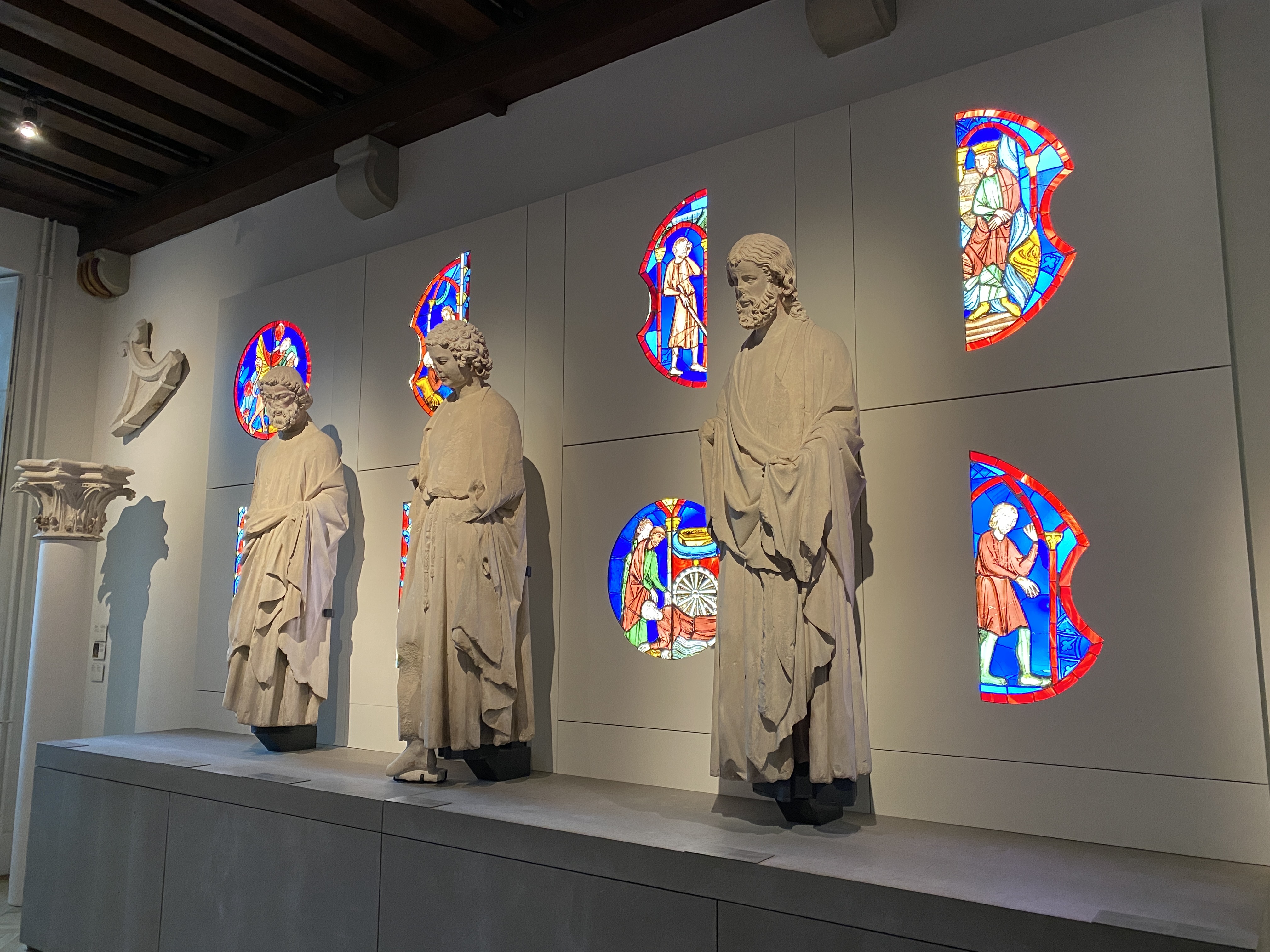
The museum exhibits are extensive, and it is a museum well worth going to if you would like to learn more about (or have an interest in) the Middle Ages.
Relevant Travel Information
https://www.musee-moyenage.fr/en/
Tickets
https://billetterie.musee-moyenage.fr/billet-d-entree-visite-css5-museecluny2-pg51-ei910083.html
3. Musée de Rodin
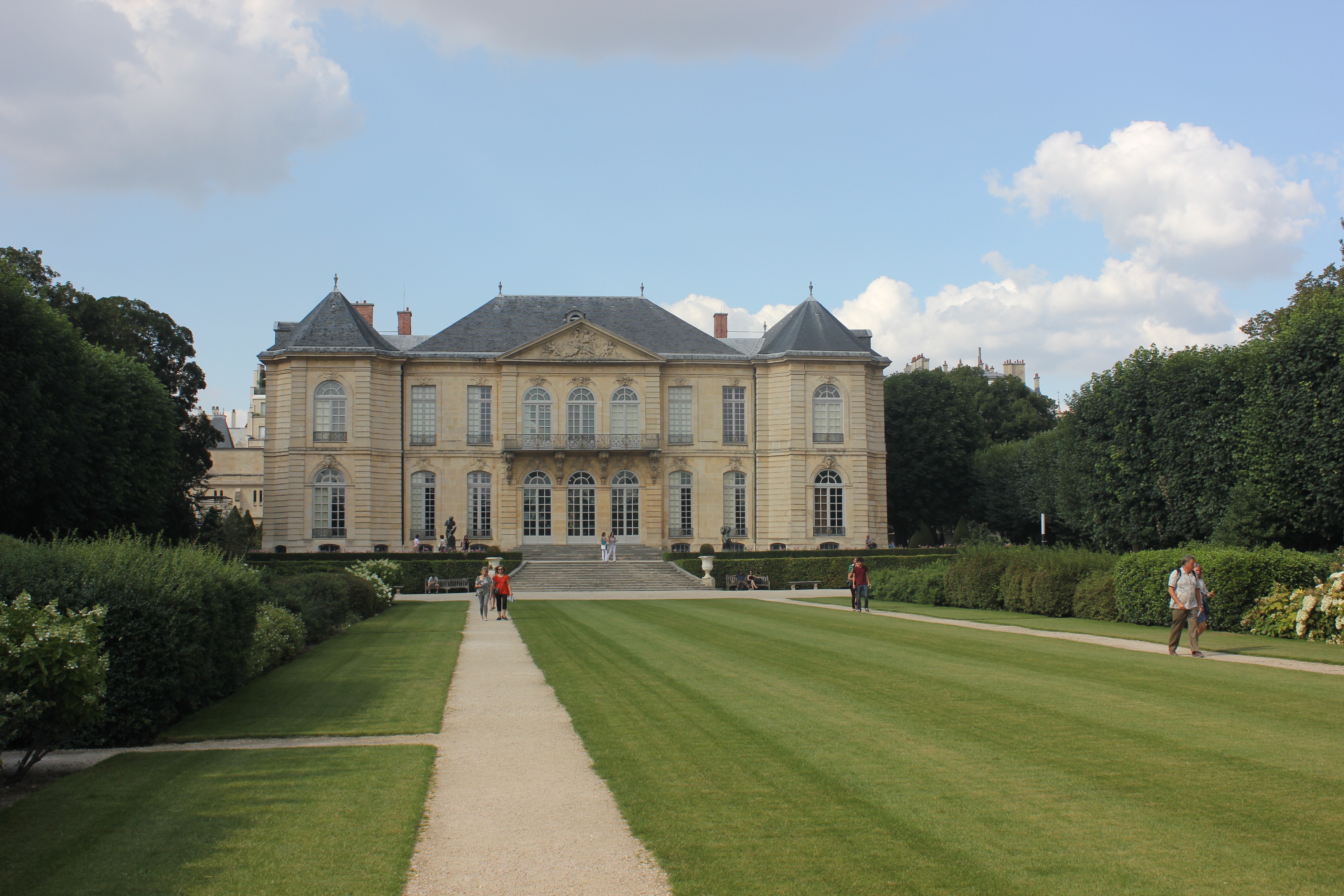
Opened in 1919 the Musée Rodin is an art museum that houses many of the impressive sculptures of Auguste Rodin, as well as his own art collection by other artists around at the time he lived.
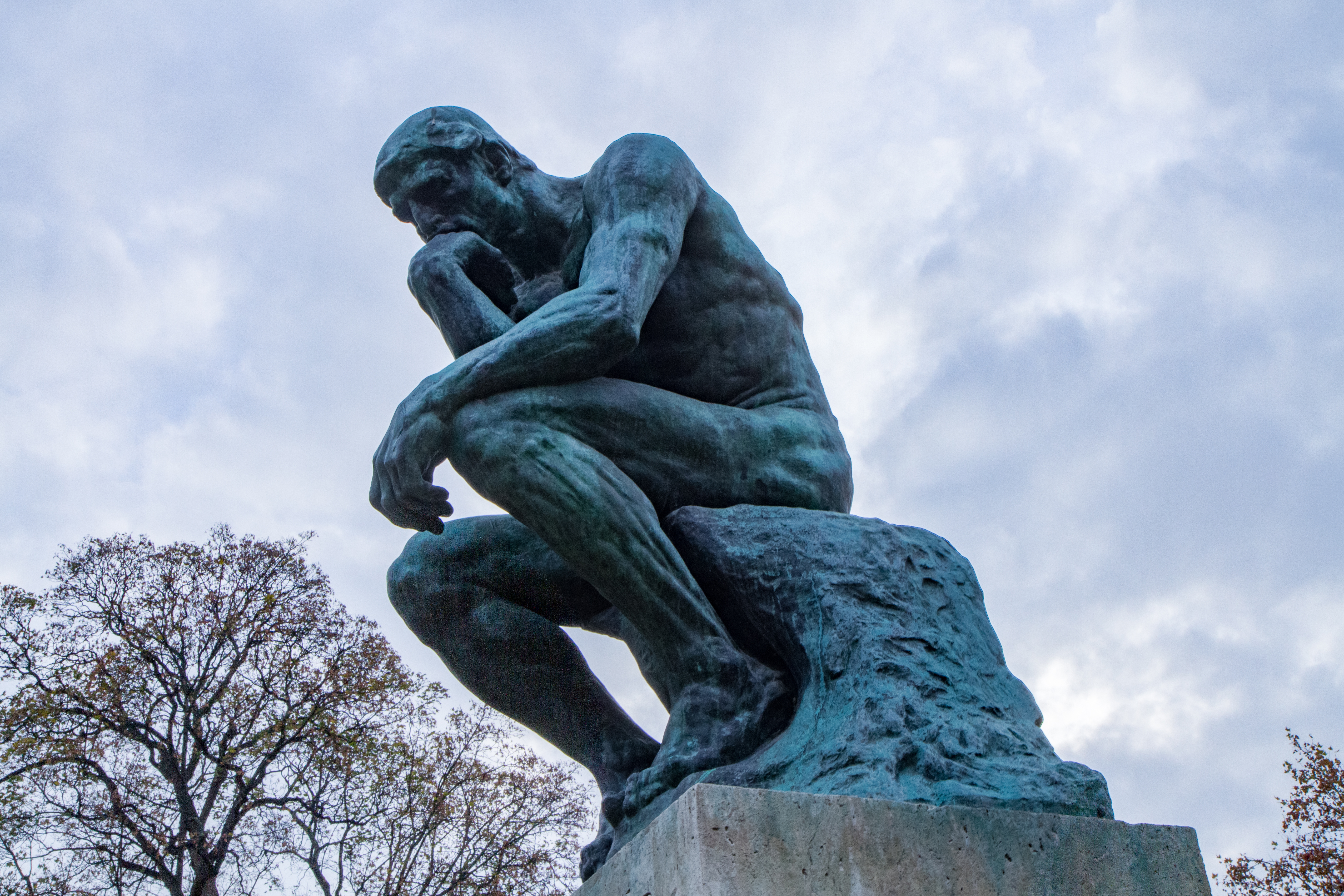
Most famously known for his sculpture ‘The Thinker’ (crafted between 1879-1889), Rodin was born in 1840. He is considered to be the founder of modern sculpture for the way his works depicted people in their more natural, blemished state. Up until that time, sculpture was generally, formulaic and romantic, in that the figures were usually perfect and classical looking.
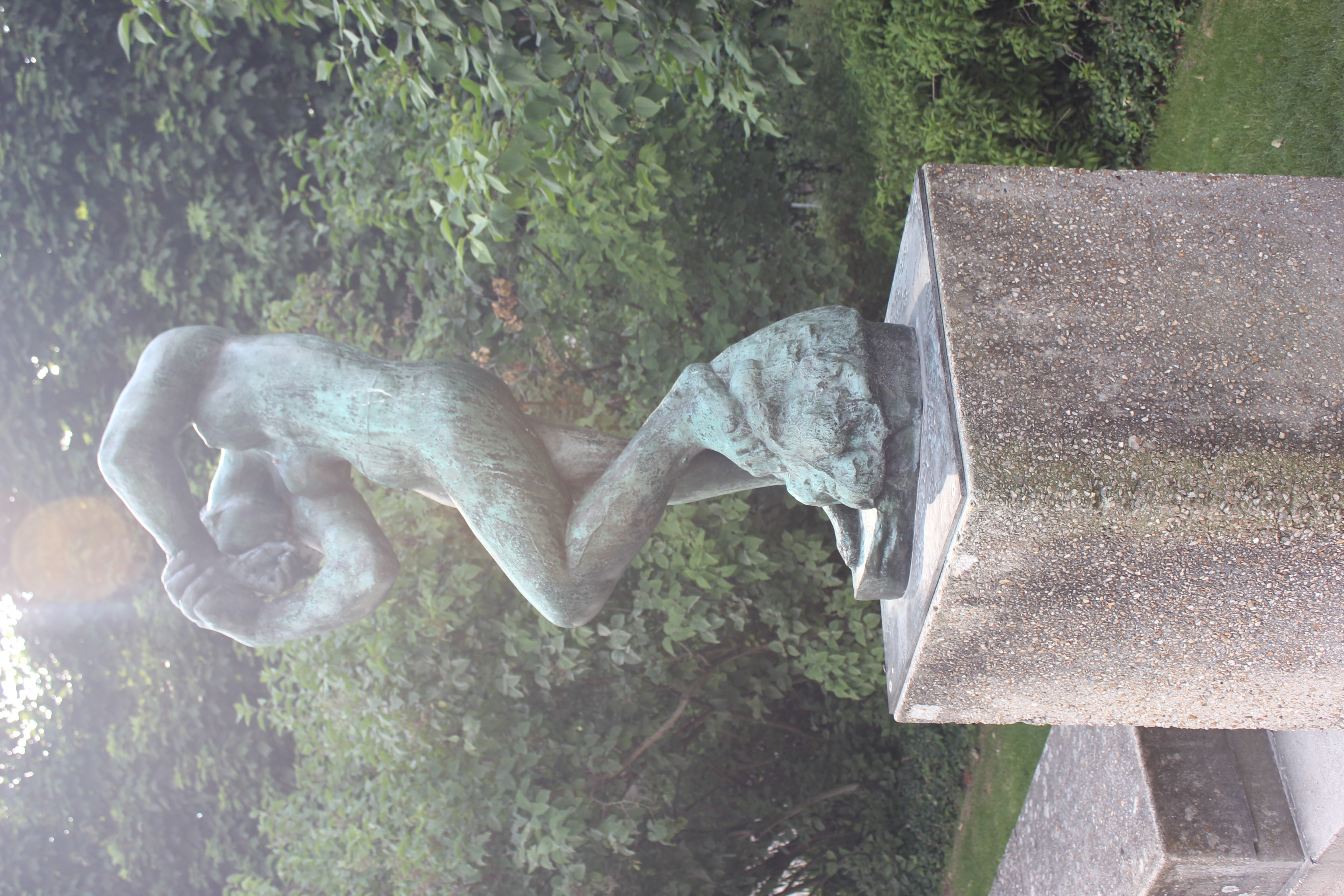
Rodin changed all that.
The building, having been constructed around 1727, was initially a house for a rich financier but through various upgrades became a hotel until finally a school at the end of the 18thC. When the school closed, the house was divided into lodgings and Rodin rented several rooms and used it as his Paris studio.

Around 1909, when he was at the pinnacle of his fame, Rodin suggested to the French Government that the hotel should be turned into a museum of his works after he died. In exchange he would bequeath his vast collection to them for it and in 1916 they agreed.

In 1993 an extensive garden remodelling took place, to restore them to their former glory and to display his works in a natural setting.
Rodin’s works sell for large sums of money (one in 2008 for US$18.9m). Rodin is listed in the top 10 of artists whose work is copied most be forgers.
Relevant Travel Information
Planning your visit
The museum is closed Mondays.
Tickets
https://musee-rodin.tickeasy.com/en-GB/products?famille=1726956406350300003
4. Musée des Arts et Métiers
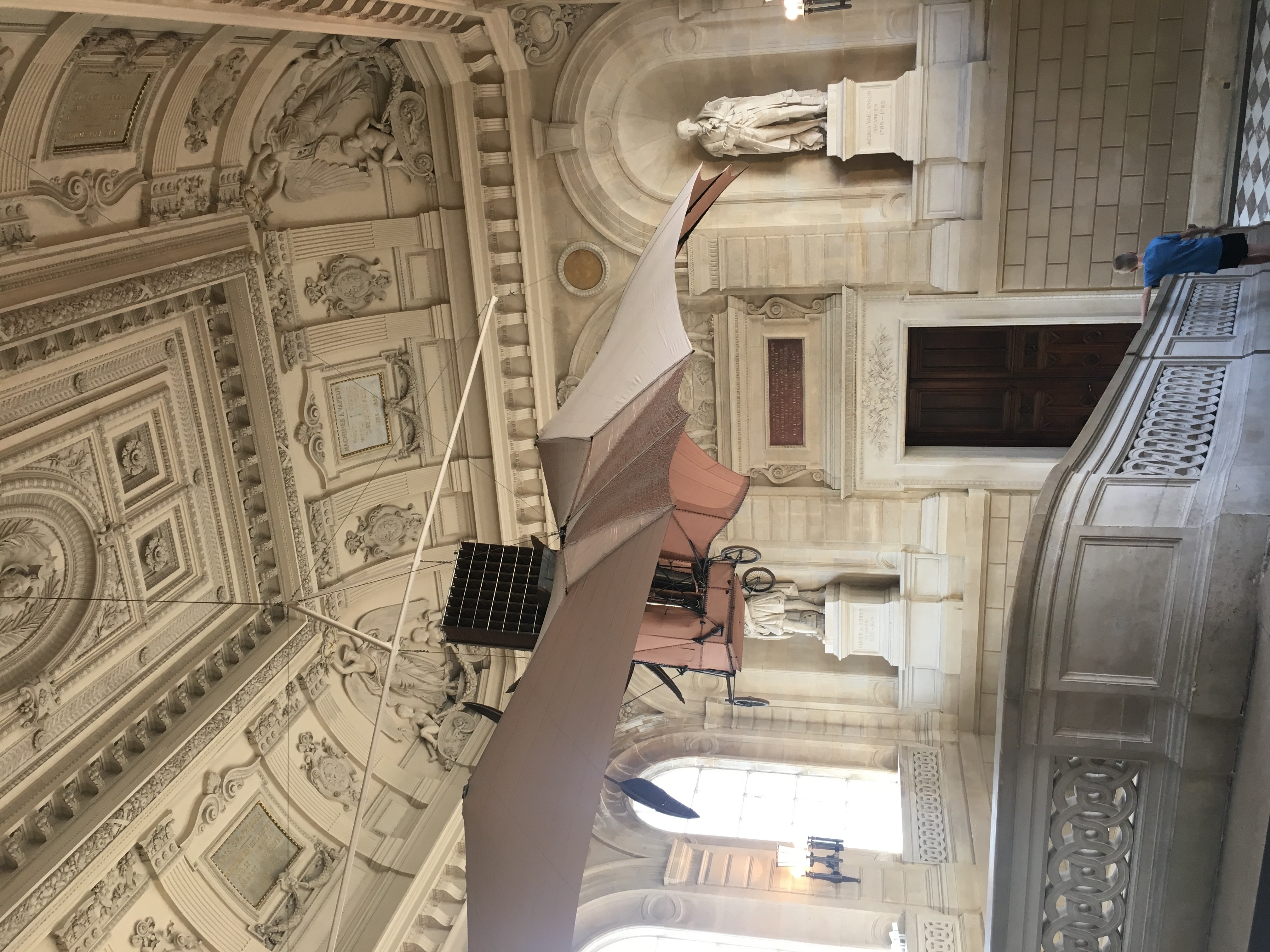
Founded in 1794, the museum was created as a repository to preserve French scientific instruments and inventions.
The museum is located in former priory, Saint-Martin-des-Champs and opened there in 1802.
The chapel is the oldest part of the museum, with records discussing it dating back to 710 and the Merovingian dynasty.
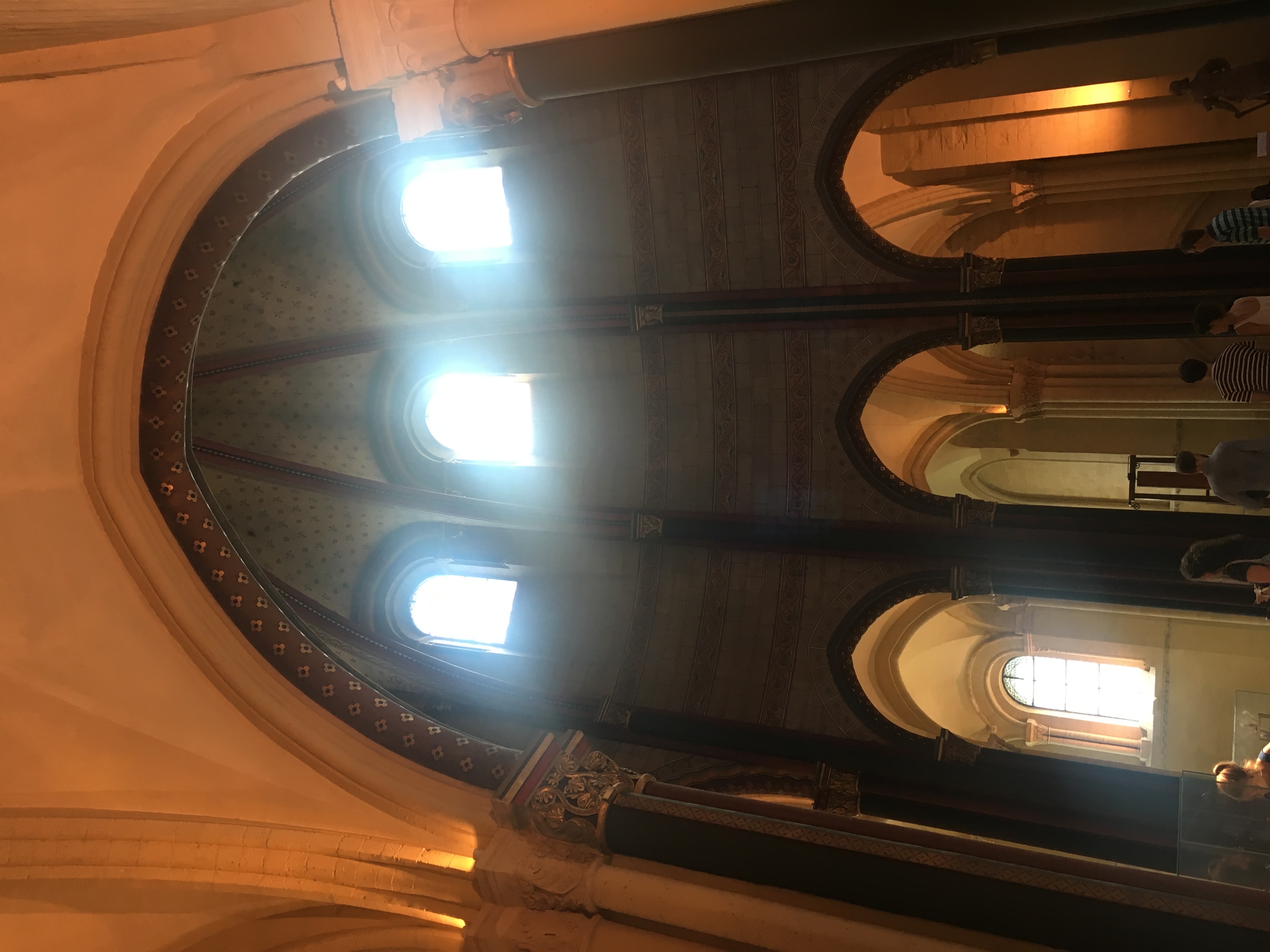
The museum has almost 80,000 objects and 15,000 drawings and has around 2,500 of them on display.
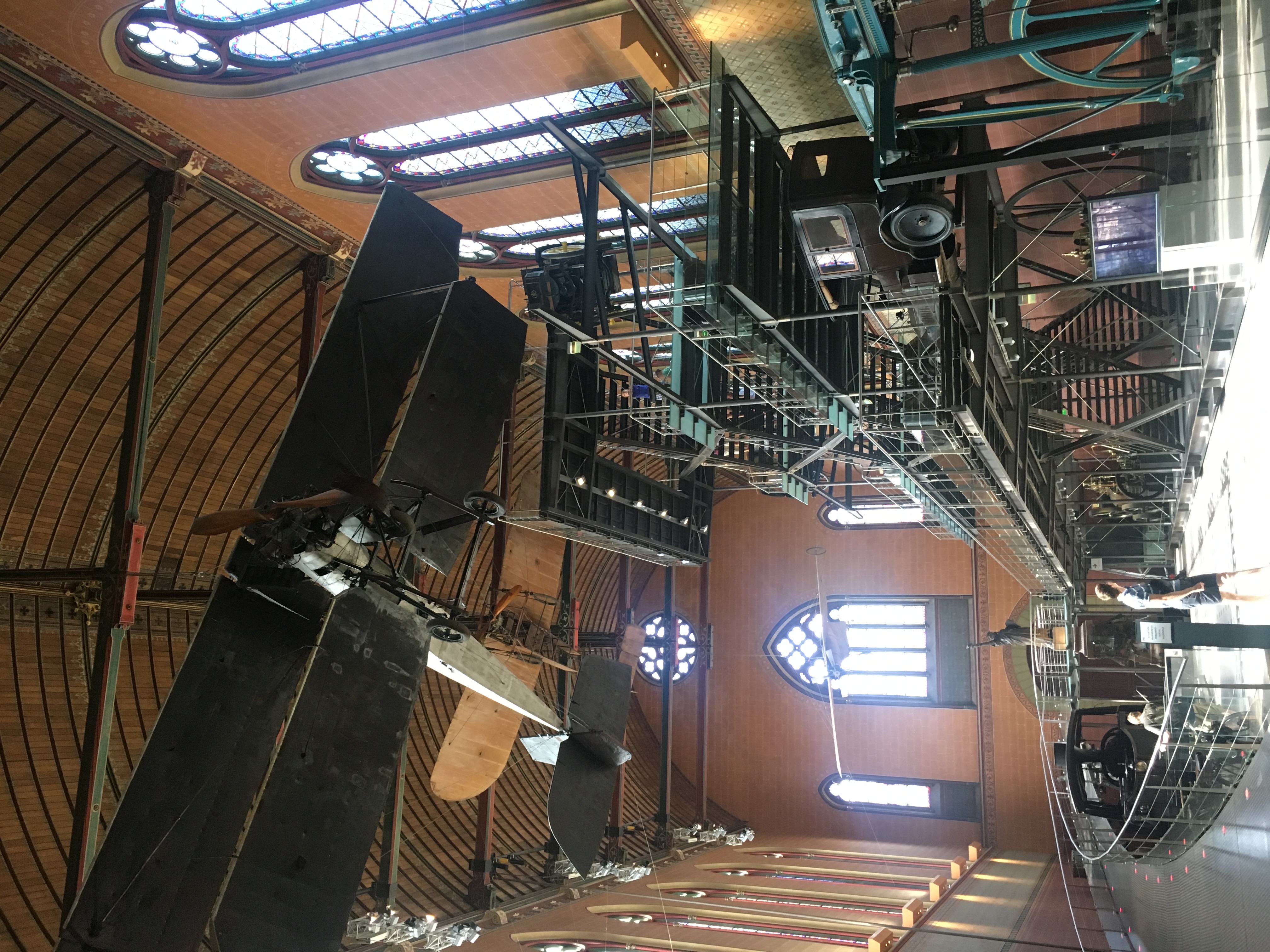
Things on display include the Avion III which was a steam-powered aircraft built by Clément Ader between 1892 and 1897, financed by the French War Office (first image of this section).
There are also a number of other planes plus trains, cars and mechanical instruments.
The original Foucault Pendulum (an instrument used to determine the Earth’s rotation) was there from 1855 until an accident in 2010 damaged the ‘bob’ causing irreparable damage.
A copy of it has been used in the installation and the original placed in a display case nearby.
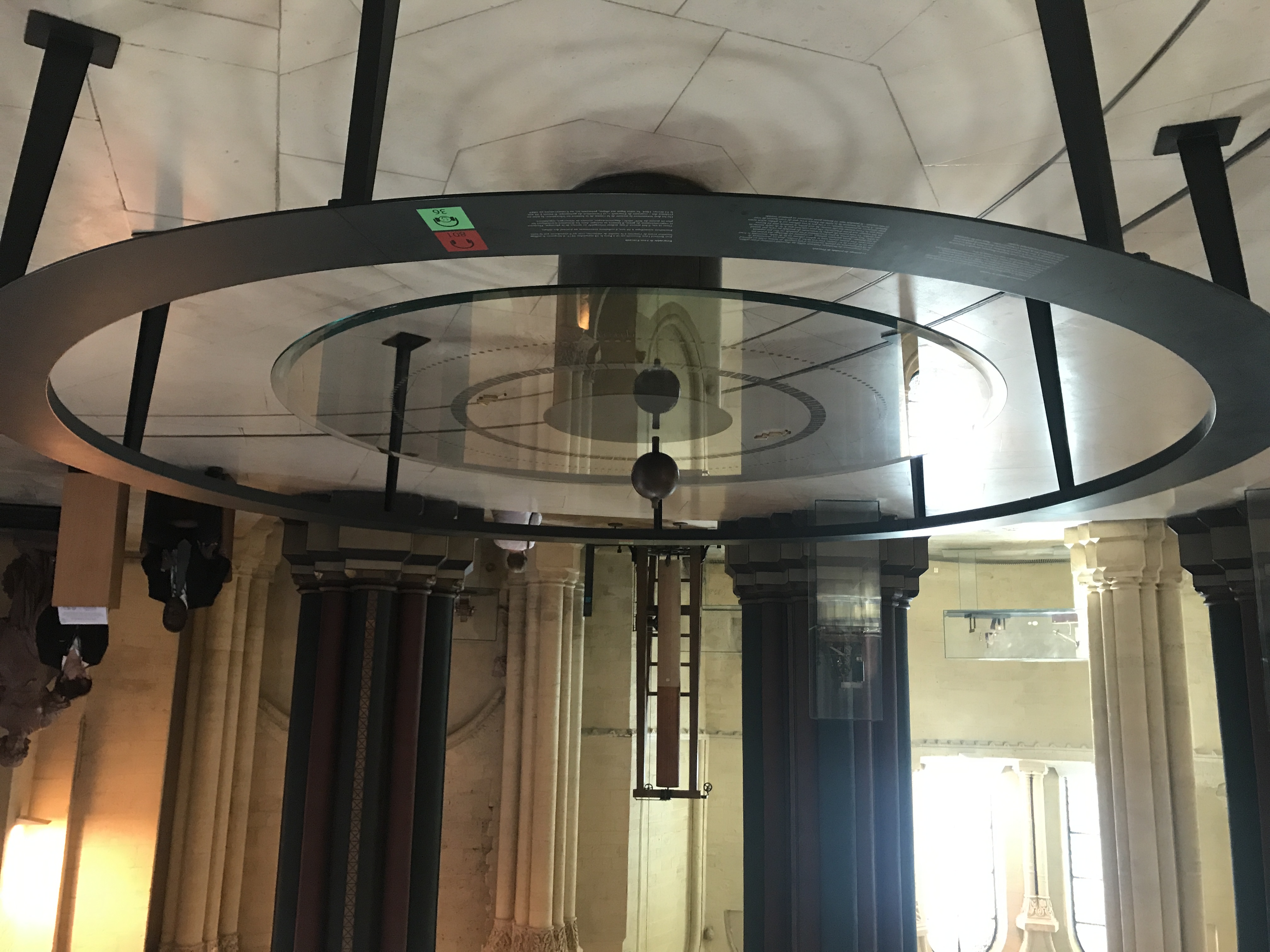
Relevant Travel Information
Closed Mondays
https://www.arts-et-metiers.net/
Tickets
https://www.arts-et-metiers.net/votre-visite
5. Centre Georges Pompidou
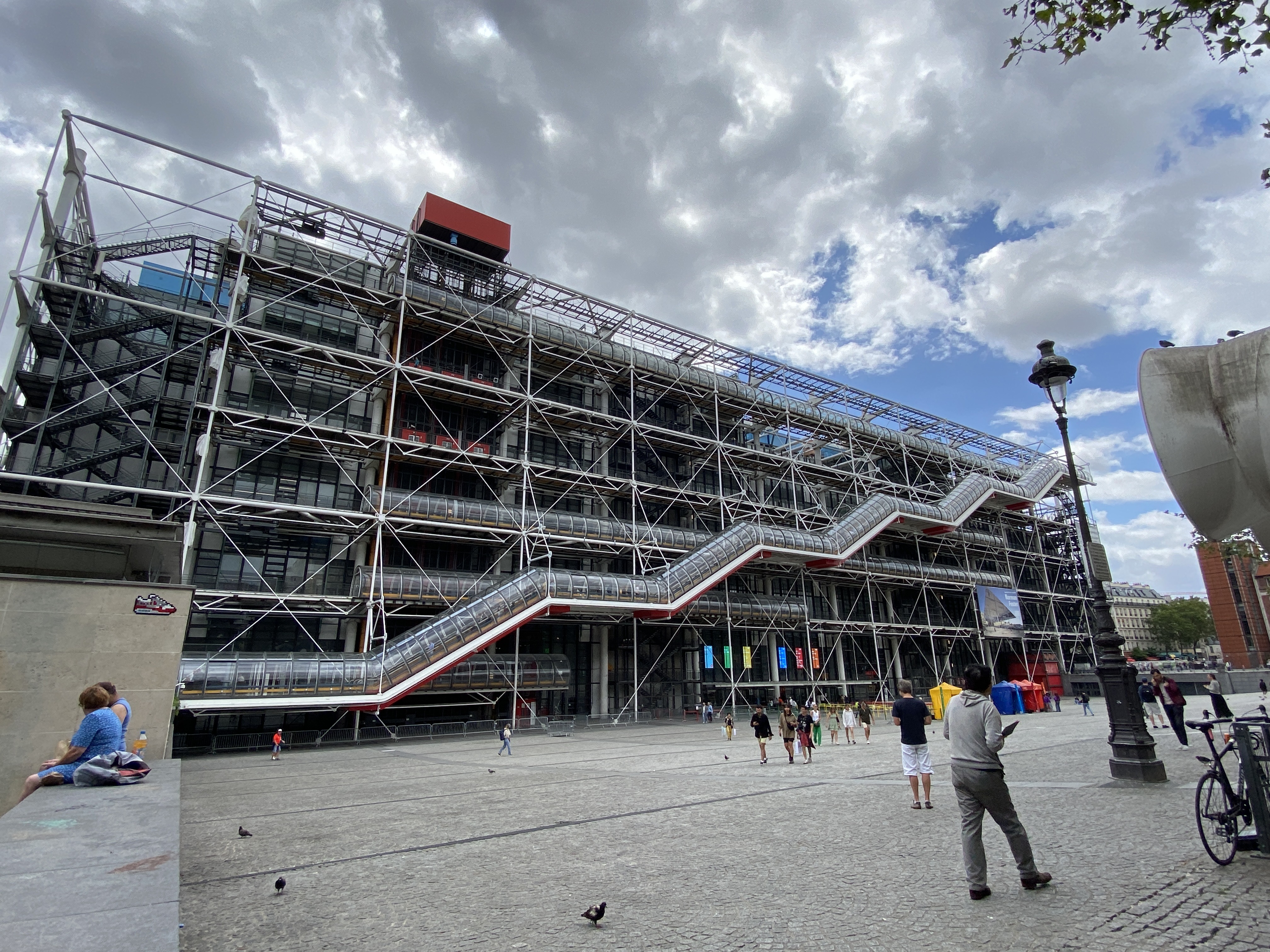
Located in the Beaubourg district of Paris, this modern art museum, named after French President, Georges Pompidou, was opened in January 1977.
It also houses Paris’ public library.
The building was the first of its kind to be built ‘inside out’. All mechanical and structural systems are exposed on the exterior of the building. Initially, it was less a museum but more a pace where arts and culture could be used by the people but eventually it was decided to include a museum of modern art within it too.
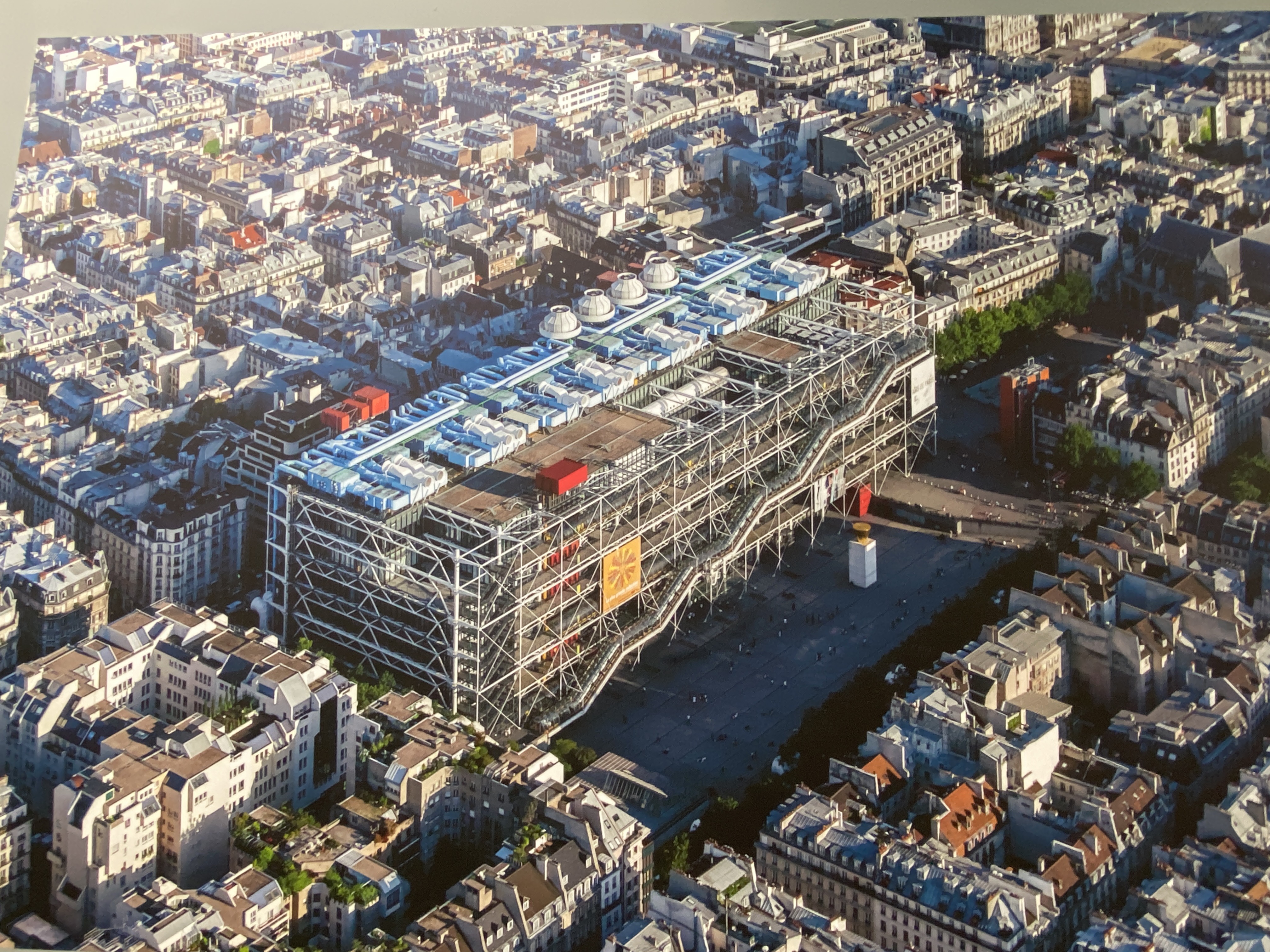
The design turned the architectural world ‘upside down’. First reactions were harsh. Described at the time as Paris’ ‘own monster’ and ‘love at second sight’, two decades later the designer would be praised for his innovation and ability to weave a social and cultural space within the heart of Paris.
One of its prized exhibitions includes Andy Wohl’s work on Elizabeth Taylor, ‘Ten Lizes’, painted in 1963.
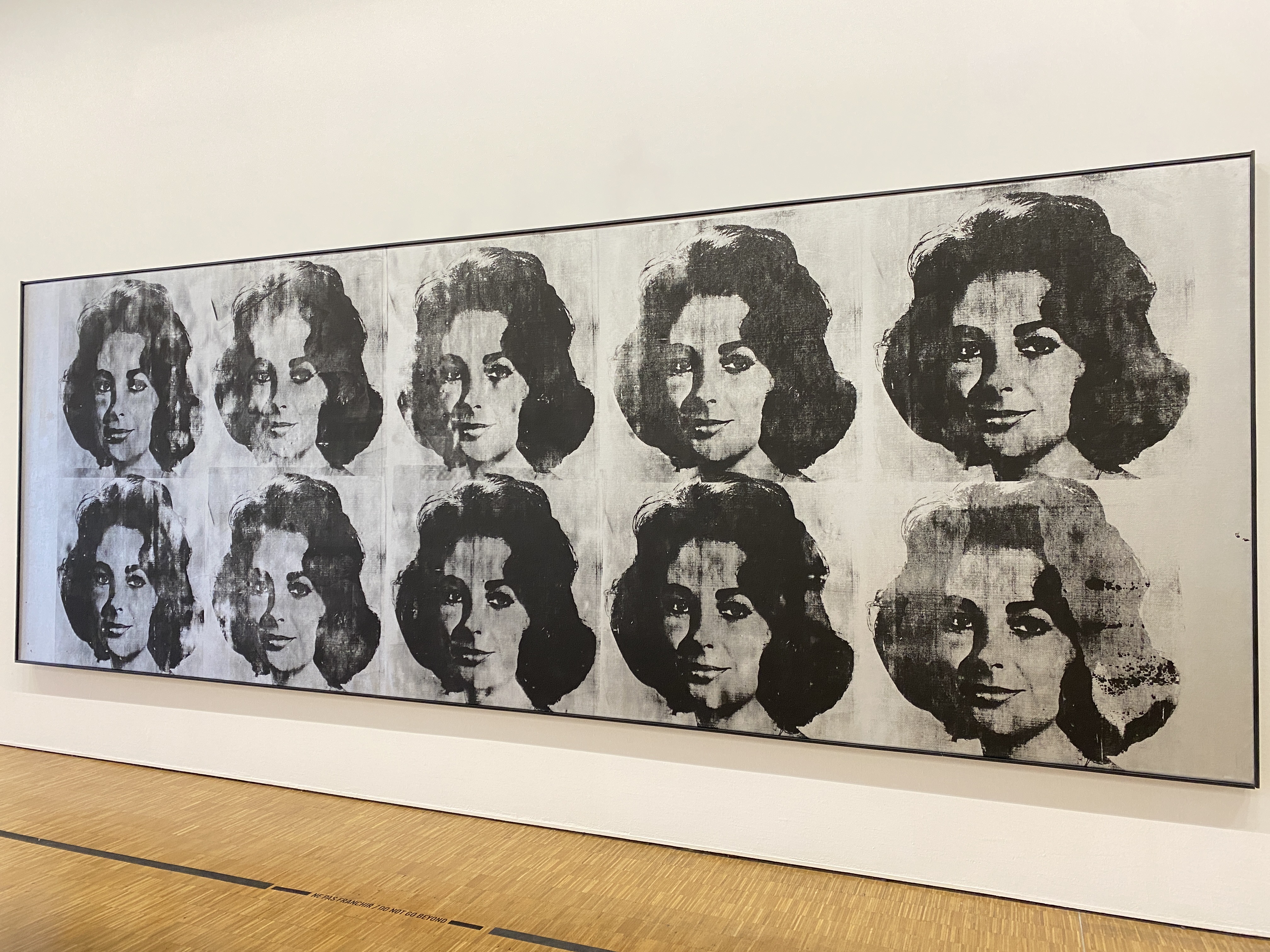
The views from its terrace are spectacular.
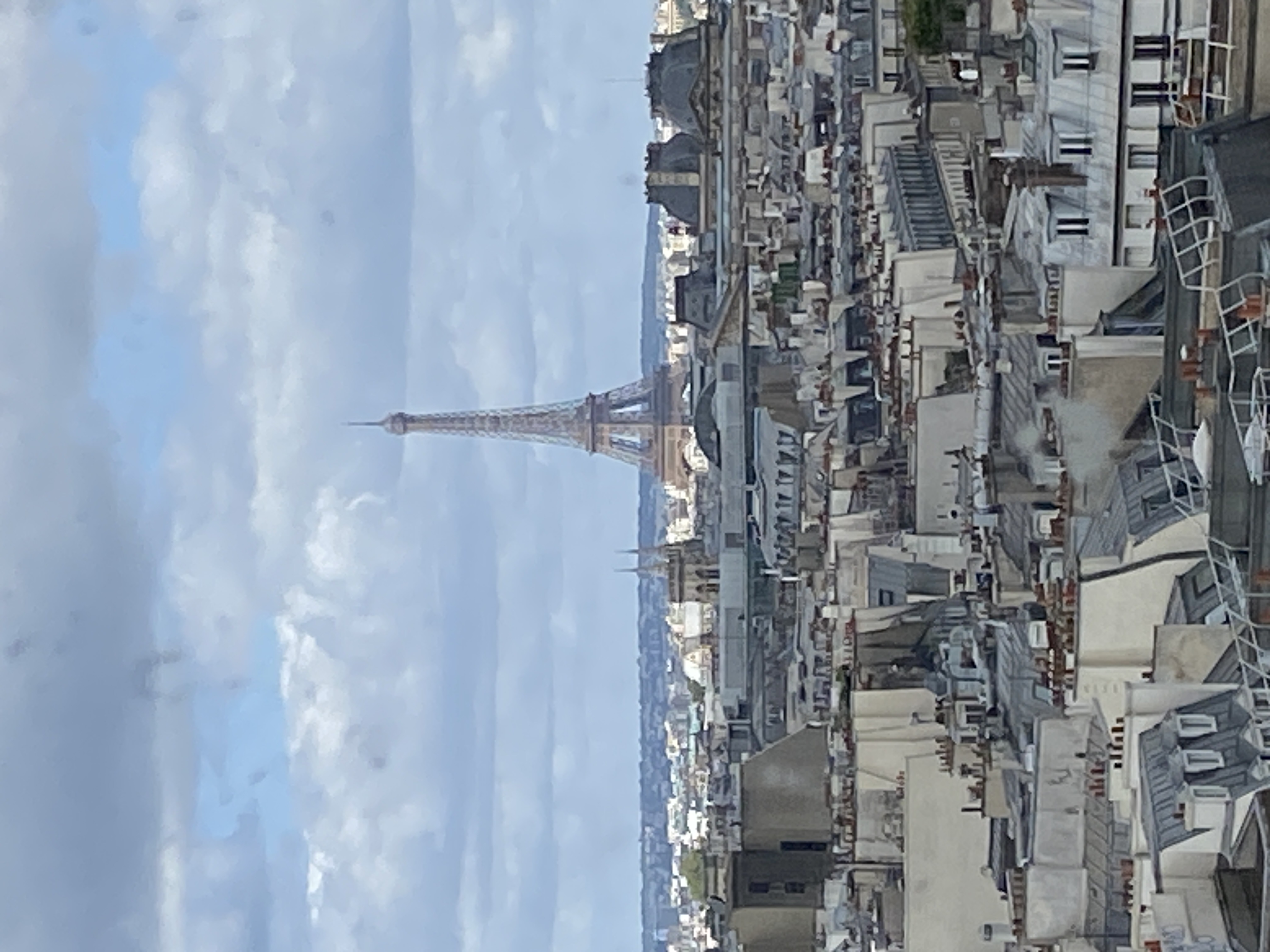
We were in Paris in February 1978 when the museum was only one year old. Our trip diary records the following (I was 10 at the time):
‘The building was the best part, I liked it. It was see-through and the escalators run up on the outside’.
My opinion hasn’t really changed. Although it is much more run down now (paint peeling etc), it is certainly worth a visit (especially as it’s included in the Paris Museum Pass).
The square out the front often has artists performing in it, along with it being surrounded by many restaurants and cafes.
Relevant Travel Information
Closed Tuesdays
https://www.centrepompidou.fr/en/
Planning your visit & ticket purchase:
https://www.centrepompidou.fr/en/visit/practical-information

Michelle is a speaker, author, content marketer, historian and mother of 3 boys.
After 25 years in business and as the ‘Content Marketing Queen’ for the past 12 years, she has helped countless small businesses understand and develop their content strategies and focus on a customer first approach.
Savvy Travel Historian is her passion project, and her weekly newsletter is available on Substack, Paragraph and Mirror. The latter two allows you to collect each Issue as an NFT.
Michelle is co-host of the Web3 By Three Podcast, a weekly show which talks about current stories in the Web3 space and how it applies to B2B marketing, sales and operations. The show is recorded live every Wednesday at 4pm EST/ 9pm UTC on LinkedIn, YouTube & Bolt+.
You can follow Michelle in these places:
Savvy Travel Historian Instagram
Content Marketing Queen Website

